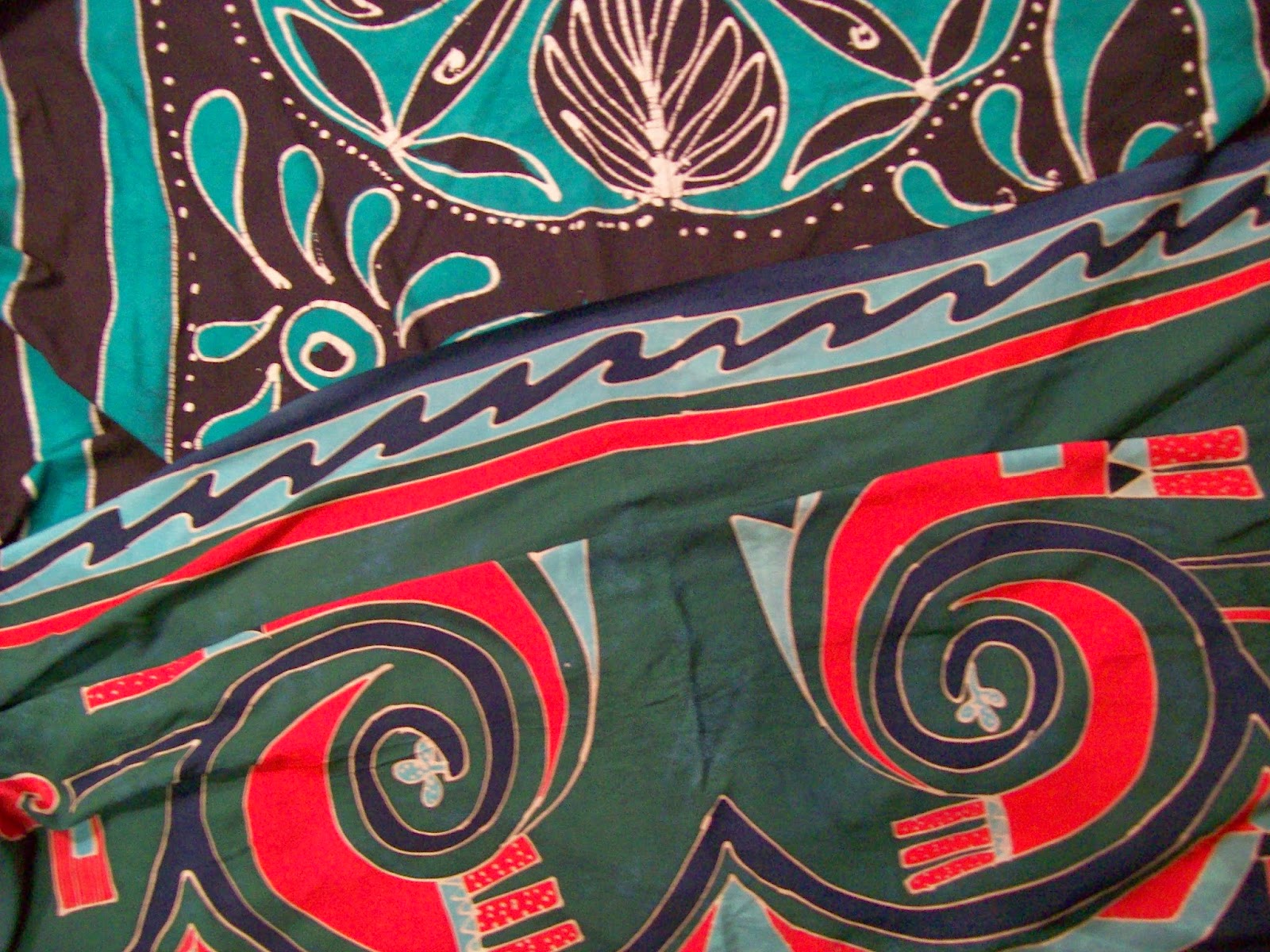“STRETCH” TENDS TO IMPLY “push,” and “release” tends to imply “let go.” “Stretch” could reference release, but what is commonly observed is pushing. Muscles seem restricted, and so the task becomes stretching to make them less restricted. But with a “push” orientation, that which becomes restricted for most people is engagement in a process to reduce general “stiffness.”
We habituate muscles and ligaments to limited positions for most of the day. Then nerves “tell” muscles that this is their safe range, and they fire registering discomfort when we exceed this habituated range. This resistance is their adaptive or functional role to keep tissue from either being injured or decreasing its elasticity.
If we want a “new normal” that helps with both functionality in everyday life and a body that does not impede mind, we need to be more realistic about what we are trying to do. We need to let go more than push, because the task is not to “push” or stretch tissue, but rather “let go” or release nerves to then release muscles and fascia to a fuller normal range. The “new normal” does not involve making tissue such as muscle and ligaments longer. These tissues are attached at fixed points in the bone so the entire muscle complex cannot get longer. Quadriceps femoris in the upper leg and soleus beneath the achilles tendon tighten so that heels cannot reach the mat and squats are no longer comfortable. But in Asia, where the norm has been a habitual squat, squats can be comfortable. For many in Asia, the tissue is not hyper-extended; it is at full normal range.
First, what must change is nerves. Nerves must be retrained to fire less at deeper levels of poses—“stretch tolerance.” Gently holding easy positions and then gradually extending muscles and fascia and following the body rather than pushing/controlling allows nerves to gradually tolerate the change to a “new normal.”
And second we need to be persistent or “repeat” poses. Practice does not make muscles and fascia permanently longer. The habituated positions win out across the long run. To relax nerves and to enjoy this process, we need to release more than push—“frequency more than intensity,” “no pain—gain.”
Not working with muscle and fascia results in habitual limited positions that we all know too well. Shoulders get “stiff” and even painful, and do not lift high overhead or bend sideways. However, if we habitually “push,” we may also promote an often overlooked dysfunction. If we push muscles/fascia rather than relax nerves, we can get stronger response for things like sports performance (i.e., jump higher or get speed bursts), but we are also likely to tighten rather than release muscles, and across time this can feel like injury because it can be so limiting. And if we push to extend muscles and fascia, we can chronically irritate areas or even reduce the elasticity of the tissue (reducing its ability to contract effectively when needed).
Restorative yoga can be an important core practice for a “new normal” that can then be extended into more active poses. It flips the switch from push to let go, from control to follow, from fast to slow.
The poses are not really “passive.” As a person relaxes, spindles [micro nerves in tissue] release and the tissue extends (or as Vanda Scaravelli suggests, allowing the pose to come to you). And spending time in a pose, a person can also gently flow back and forth in a cycle of gentle extension and retraction.
Release can be experienced as “mental release” as well. First, this sense of mental release rather than push is pleasurable, and this can draw a person to this practice so that the frequency of practice is increased as well as the length of time spent in each practice session. Second, this calming and quieting in mental release has both optimizing holistic physiological effects that may be more important cross the long run than reducing stiffness as well as transforming imagination from chatter to intuition and insight. The “workout” or “exercise” becomes a deeper body-mind-spirit practice.
Overall, the strategy emphasizes the growing realization that tissue doesn’t change, nerves change.
And most important, what was not enjoyable becomes pleasurable.
“Relaxing nerves” becomes synonymous with release. And terms such as “slow-cooking,” gently hanging out in poses, slow stretching, following, flowing and pushing in cycles of extension and retraction, spindle release, frequency more than intensity, no pain—gain, and stretch tolerance become terms that form a practice of releasing.


